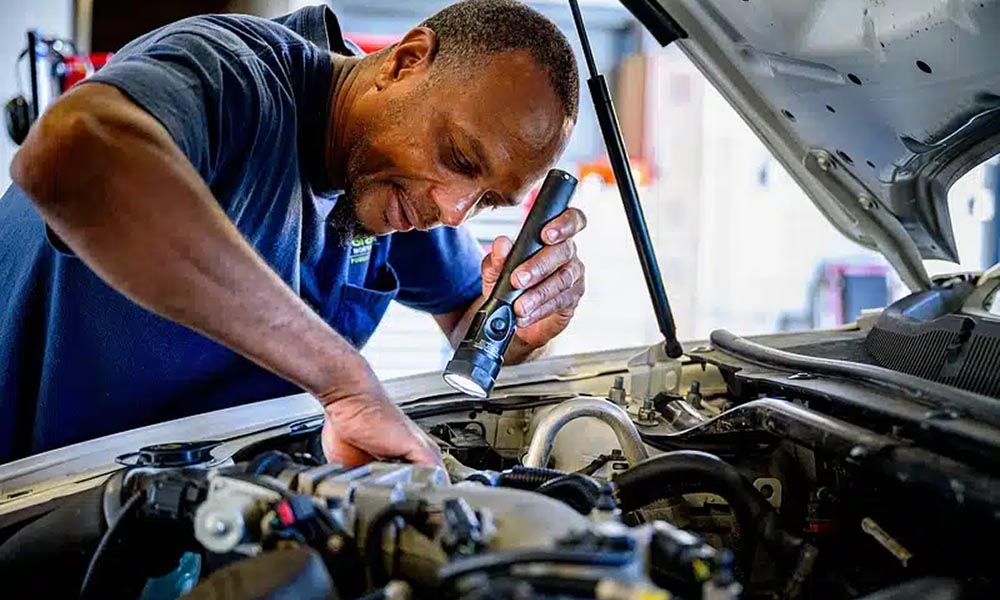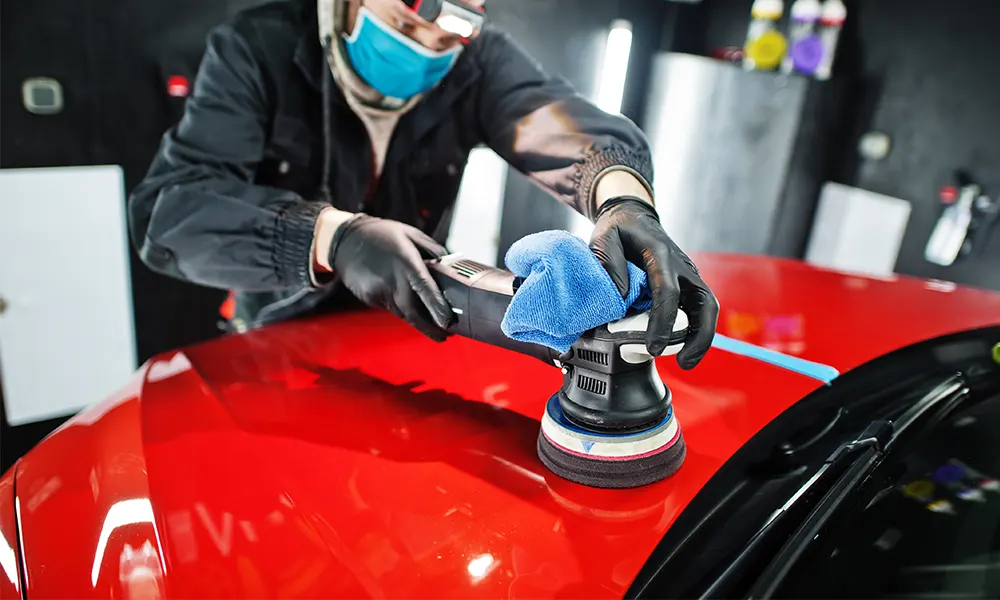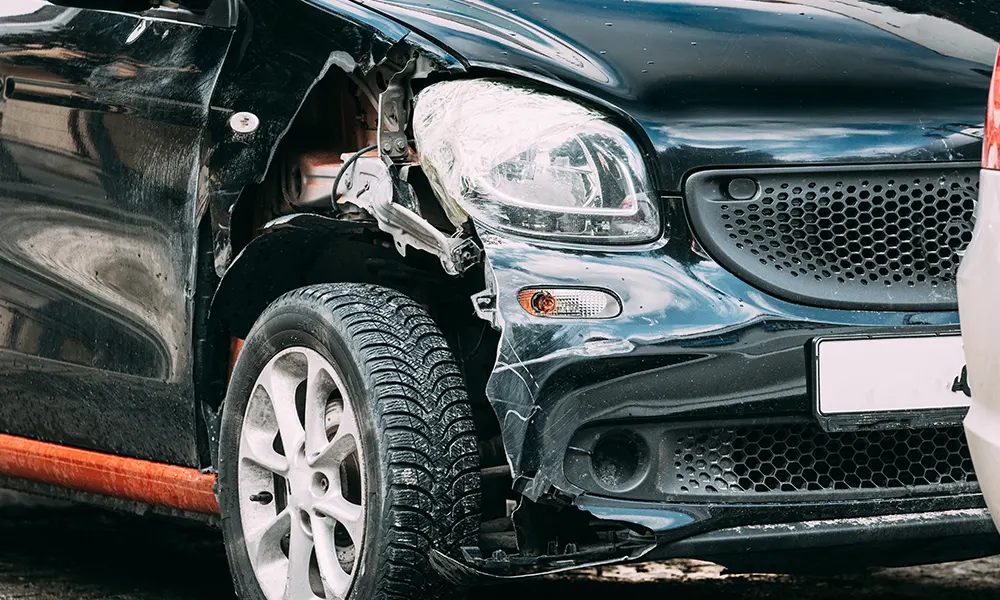If there is steam rising from under your hood, or you notice a sweet aroma after you park?
That’s your car sending a warning signal.
Coolant leaks are one of those minor issues that can escalate into significant, costly problems if neglected.
When coolant leaks occur, your engine struggles to maintain a stable temperature. Continuing to drive under these conditions can lead to warped heads, blown gaskets, or even a ruined engine.
The positive aspect?
Fixing a coolant leak is typically straightforward and quick if addressed early, and if you’re in Hendra or Gabba, Car One is here to help.
Why Coolant Leaks Happen
Coolant leaks don’t appear out of thin air. They usually point to something wearing out, breaking, or not sealing properly.
- Cracked radiator: Heat and pressure can eventually crack the radiator core.
- Damaged hoses: Rubber hoses harden and split over time, letting coolant escape.
- Loose clamps: Even a small clamp that’s not tight enough can cause a steady drip.
- Worn water pump: This pump keeps coolant moving. When its seal fails, it leaks.
- Blown head gasket: The worst-case scenario. Coolant seeps into the engine, and that’s where things get expensive.
If you’re topping up coolant more often than you fill your tank, there’s a problem waiting to happen.
Signs Your Car Has a Coolant Leak
Sometimes, leaks hide. But your car always leaves a few clues:
- The temperature gauge climbs higher than usual.
- Steam or mist sneaks out from under the bonnet.
- There’s a sweet, syrup-like smell after you park.
- You find green, pink, or orange fluid on your driveway.
- You keep refilling coolant without knowing where it’s going.
If you spot any of these, don’t wait. The longer you drive, the more pressure builds, and the faster your engine suffers.
Quick Fixes You Can Try
Not every coolant leak means an expensive repair.
If you’re stuck or can’t reach a mechanic right away, there are a few things you can do to keep your car alive until you get to Car One.
- Check and tighten hose clamps: Sometimes the simplest fix is tightening what’s loose.
- Top up coolant: Always use the correct type. Mixing brands or colours can damage your system.
- Use radiator sealant: These can temporarily plug pinhole leaks but aren’t long-term solutions.
- Inspect the radiator cap: A cracked or weak seal can cause leaks and pressure loss.
- Avoid driving far: Keep trips short, turn the heater on full (it helps release heat), and head straight to a workshop.
Professional Coolant Leak Repair: What We Do
At Car One, we handle dozens of cooling system repairs every month, and every car tells a slightly different story.
Here’s how our process works when you bring yours in.
- System pressure test: We simulate engine pressure to find where coolant escapes.
- Inspect hoses, radiator, and pump: Every line and connection gets checked for cracks or loose fittings.
- Check for internal leaks: A failing head gasket can let coolant slip into the engine.
- Flush and refill: Old coolant gets replaced with new, high-quality fluid suited to your car.
- Replace worn components: Whether it’s a hose, radiator, or water pump, we swap it out with parts that last.
- Final test drive: We re-pressurise and drive to make sure the leak’s completely sealed.
You drive away confident that your engine won’t boil over halfway down the Bruce Highway.
Why Ignoring a Coolant Leak Is a Big Mistake
You might think you can “just keep topping it up.” That’s how most blown engines start.
Here’s what happens when you wait too long:
- The engine overheats, warping aluminium parts.
- The head gasket fails, mixing oil and coolant.
- Corrosion builds up in the radiator and block.
- The car stalls or breaks down unexpectedly.
A small leak that costs a couple of hundred dollars to fix can become a $4,000 engine rebuild if ignored.
Cooling System Repair Vs. Radiator Replacement
Often, it’s not just about having leaks; it’s also about performance. Even when you don’t observe any obvious damage, blocked or oxidised radiators can impair your engine’s cooling efficiency.
If your vehicle continues to overheat after repair, a complete radiator leak fix or cooling system replacement may be necessary.
We will always provide a clear explanation of your choices before proceeding, so you understand what you’re being charged for and the reasons behind it.
How to Prevent Coolant Leaks in the Future
A little maintenance goes a long way. Follow these habits, and you’ll likely avoid another trip to the shop:
- Check coolant levels monthly.
- Have your cooling system flushed every 2 years.
- Replace hoses and clamps as part of your regular service.
- Never mix coolant brands or colours.
- Keep an eye on radiator caps, a $15 cap can prevent $1,500 damage.
Good maintenance beats emergency repairs every time.
Why Brisbane Drivers Choose Car One
- Repco-authorised service, meaning your warranty stays protected.
- Genuine parts and manufacturer-approved coolants.
- Skilled mechanics with years of experience on European and local vehicles.
- Two convenient locations: Hendra and Woolloongabba.
- Same-day service available for urgent coolant leak repair.
Whether you’re dealing with a small drip or a serious overheating issue, our team treats your car like it’s their own.
Take Away
Coolant leaks won’t resolve on their own. They escalate quickly.
At Car One, we assist drivers in Brisbane in safeguarding their engines through expert coolant leak repair, radiator leak repair, and comprehensive cooling system services.
We utilise advanced diagnostic tools, high-quality coolant, and skilled attention to ensure your vehicle remains dependable, whether you’re navigating Hendra’s side streets or the crowded roads of Woolloongabba.
If your vehicle is displaying any signs of overheating, contact us at (07) 3607 0215 or schedule your service here. Don’t let a minor leak turn into a costly mistake.
FAQs
1. How fast can a coolant leak damage my engine?
Sometimes in a single drive. Overheating can warp parts within minutes if the coolant runs low.
2. Can I drive with a coolant leak?
Only short distances, and only if the leak is small. Always keep an eye on the temperature gauge.
3. How often should I flush my coolant?
Every 2 years or 40,000 kilometres, depending on your car and coolant type.
4. Is radiator stop-leak safe?
It’s fine for emergencies, but not a real fix. It can clog parts of your cooling system over time.




